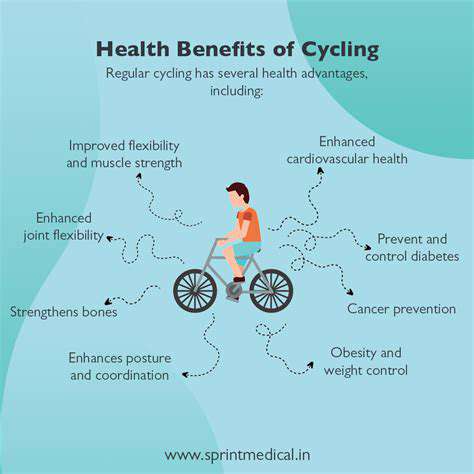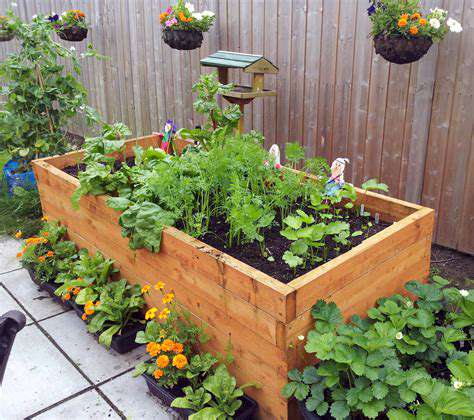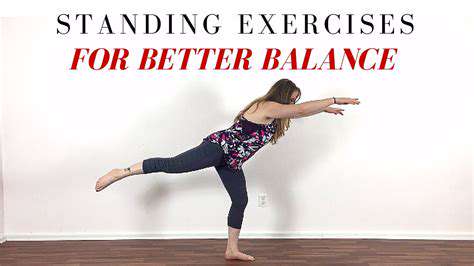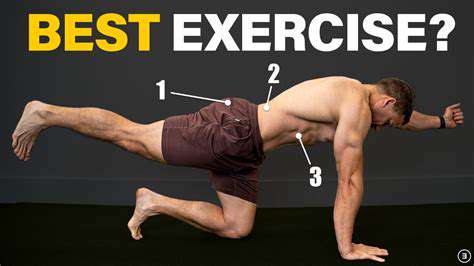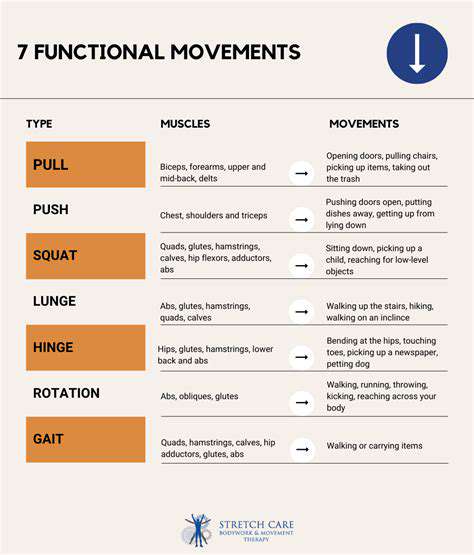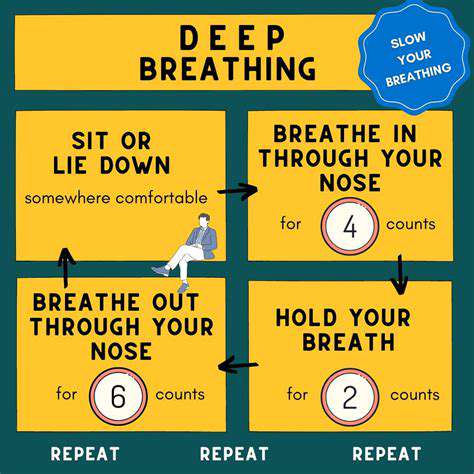Stay Flexible and Pain Free: Senior Yoga and Pilates
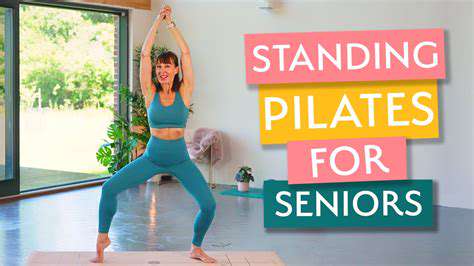
Benefits of Pilates for Seniors
Many older adults discover that Pilates, when adapted for their needs, provides remarkable improvements in both physical and mental health. Enhanced balance and coordination stand out as particularly valuable benefits, directly lowering the likelihood of dangerous falls. These improvements help seniors preserve their autonomy and move more confidently through daily activities. The focus on core development in Pilates proves especially beneficial for posture maintenance and spinal support, often providing relief from chronic back discomfort that frequently affects older populations.
What makes Pilates particularly suitable for aging bodies is its gentle approach. The exercises build muscle strength gradually without placing harsh demands on vulnerable joints, making it an ideal choice for those managing arthritis or similar conditions. Beyond the physical aspects, the deliberate movements paired with focused breathing create a calming effect that reduces stress levels and promotes emotional balance.
Adapting Exercises for Safety and Comfort
Senior-focused Pilates sessions typically incorporate thoughtful adjustments to traditional exercises. Instructors might introduce supportive tools like resistance bands or foam blocks to assist with challenging positions. Other adaptations could involve limiting movement ranges or building in more recovery time between sequences. These personalized modifications allow participants to work within their individual capabilities while still gaining the exercise's advantages.
The guidance of a skilled instructor makes all the difference in creating an effective and secure practice. These professionals evaluate each participant's physical condition and tailor exercises accordingly, ensuring everyone experiences Pilates' benefits without unnecessary strain or risk of injury.
Essential Core-Strengthening Moves
For older adults, developing core strength through Pilates provides critical support for stability and fall prevention. The exercises specifically target deeper abdominal muscles, back stabilizers, and pelvic floor muscles. Movements like controlled pelvic tilts, modified versions of the hundred exercise, and alternating leg stretches - when performed with proper technique - can dramatically enhance core endurance and function.
A strong core foundation directly translates to better balance and spinal alignment. This physical improvement significantly decreases fall risks while making everyday movements easier and more comfortable. Regular practice helps maintain the strength needed for independent living.
Prioritizing Safety in Practice
Safety considerations take center stage when seniors begin Pilates. Medical consultation becomes essential before starting, especially for individuals with chronic health conditions. Working with an instructor who understands senior physiology ensures appropriate exercise selection and pacing.
Attention to proper form prevents strain and injury. Good instructors emphasize postural alignment and movement control throughout each exercise. Supportive equipment and strategic modifications further enhance safety and comfort during sessions.
Selecting the Right Instructor
Finding an instructor with appropriate qualifications and experience makes all the difference in senior Pilates practice. Seek professionals with certifications from respected organizations and specific training in working with older adults. An instructor's ability to modify exercises creatively for varying ability levels proves just as important as their technical knowledge.
Personal recommendations from other seniors and careful review of testimonials can guide the selection process. The ideal instructor creates an encouraging atmosphere where participants feel supported in their progress while respecting their physical boundaries.
Customizing Yoga and Pilates for Senior Practitioners
Joint-Friendly Adaptations
Aging naturally affects joint mobility, often causing discomfort. Adapted yoga and Pilates offer excellent solutions for maintaining joint health. Strategic modifications - like using chairs for support during forward folds or reducing strain on vulnerable joints - make these practices accessible. In Pilates, controlled movements with limited range protect knees and hips while still providing benefit. This thoughtful approach prevents aggravating existing conditions while promoting healthy movement patterns.
Regular gentle stretching focused on problem areas like hips and shoulders improves flexibility and reduces fall risks. The key lies in consistent, moderate practice rather than intense sessions. Even brief daily routines of 10-15 minutes can yield noticeable improvements in joint comfort and mobility.
Developing Strength and Stability
When properly adapted, yoga and Pilates become powerful tools for building senior strength and balance. Standing yoga poses and Pilates balance exercises engage multiple muscle groups simultaneously, strengthening core stability muscles essential for fall prevention. These practices also heighten body awareness - a critical component of maintaining equilibrium.
Progressive resistance using light weights or bands can safely increase strength without joint stress. Always prioritize proper technique over intensity, and consult health professionals when beginning new exercises, especially with pre-existing conditions.
Addressing Chronic Discomfort
For many seniors, persistent pain and stiffness become daily challenges. Modified yoga and Pilates offer natural management strategies. Gentle stretches target specific areas of tension, while controlled Pilates movements strengthen supporting musculature. The mindful components of both practices also help regulate stress responses that can amplify pain perception.
Listening to the body's signals remains paramount. Discontinue any movement causing sharp pain and consult medical advice. The goal involves gradual improvement through consistent, careful practice rather than pushing through discomfort.
Mental and Emotional Benefits
The advantages of these practices extend far beyond physical improvements. The rhythmic breathing and focused movement patterns create natural stress relief and mental clarity. For seniors navigating life transitions, this meditative aspect can provide valuable emotional balance, often improving sleep quality and overall mood.
Group classes offer additional social benefits, creating opportunities for meaningful connection that combat isolation. These psychological and social aspects contribute just as significantly to quality of life as the physical benefits.


